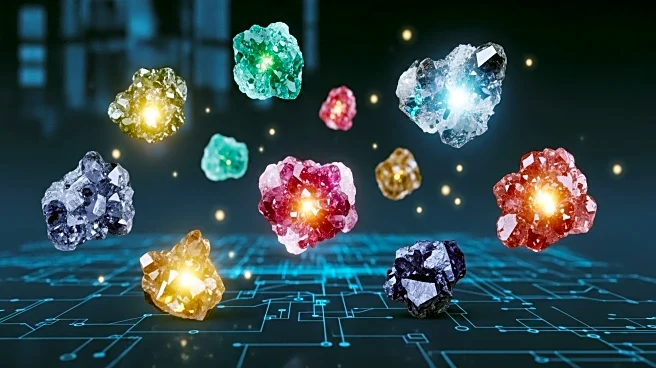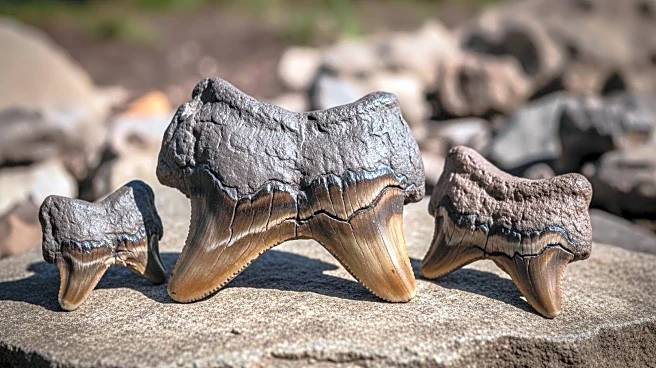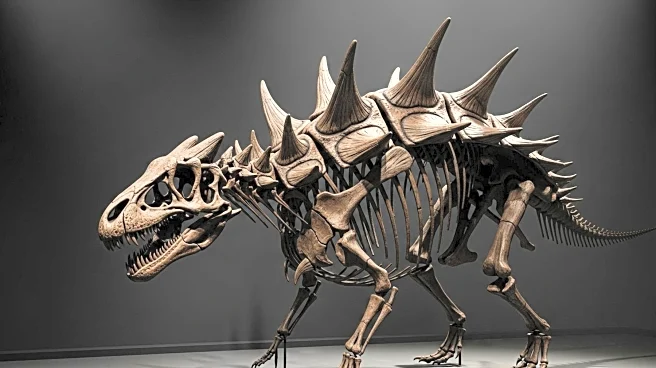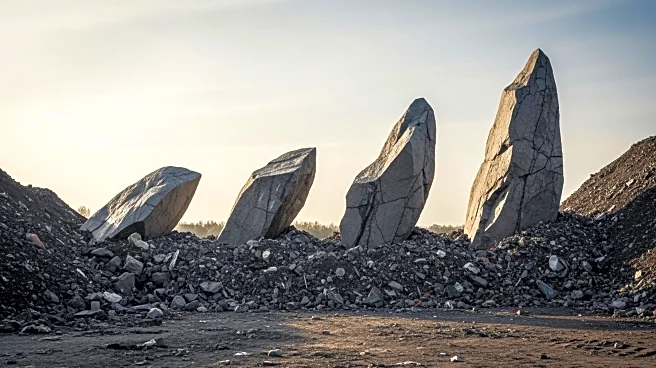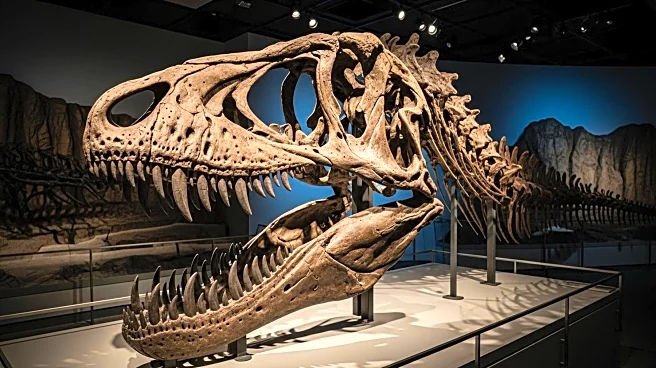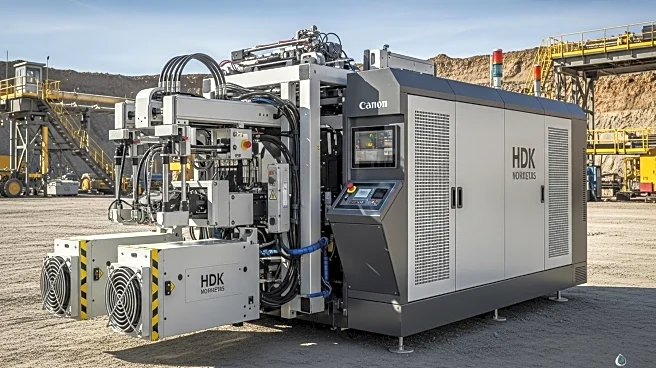What's Happening?
Scientists have introduced MIST, a new algorithm designed to rapidly classify minerals using oxide compositional data. Published in Computers & Geosciences, MIST automates mineral identification, traditionally reliant on petrography and spectroscopy, offering a faster and standardized approach. The tool analyzes oxide weight percentages, normalizes them, and compares results against stoichiometric boundaries, providing reliable mineral classifications and improving the accuracy of resource estimates.
Why It's Important?
MIST represents a significant advancement in mineral identification, crucial for mining geology and resource estimation. By automating the classification process, MIST enhances the efficiency of exploration and mining operations, allowing for quicker decision-making and improved quality control. This tool could lead to more accurate resource estimates and guide more efficient processing strategies, ultimately benefiting the mining industry by supporting data-driven decision-making.
What's Next?
The implementation of MIST in geochemical workflows is expected to streamline mineral identification processes, particularly in early exploration stages. As the mining industry continues to expand, MIST's framework may be extended to new mineral species and refined stoichiometric rules, adapting to evolving industry needs. Researchers and mining companies will likely explore further applications of MIST to enhance mineral processing and resource estimation.
